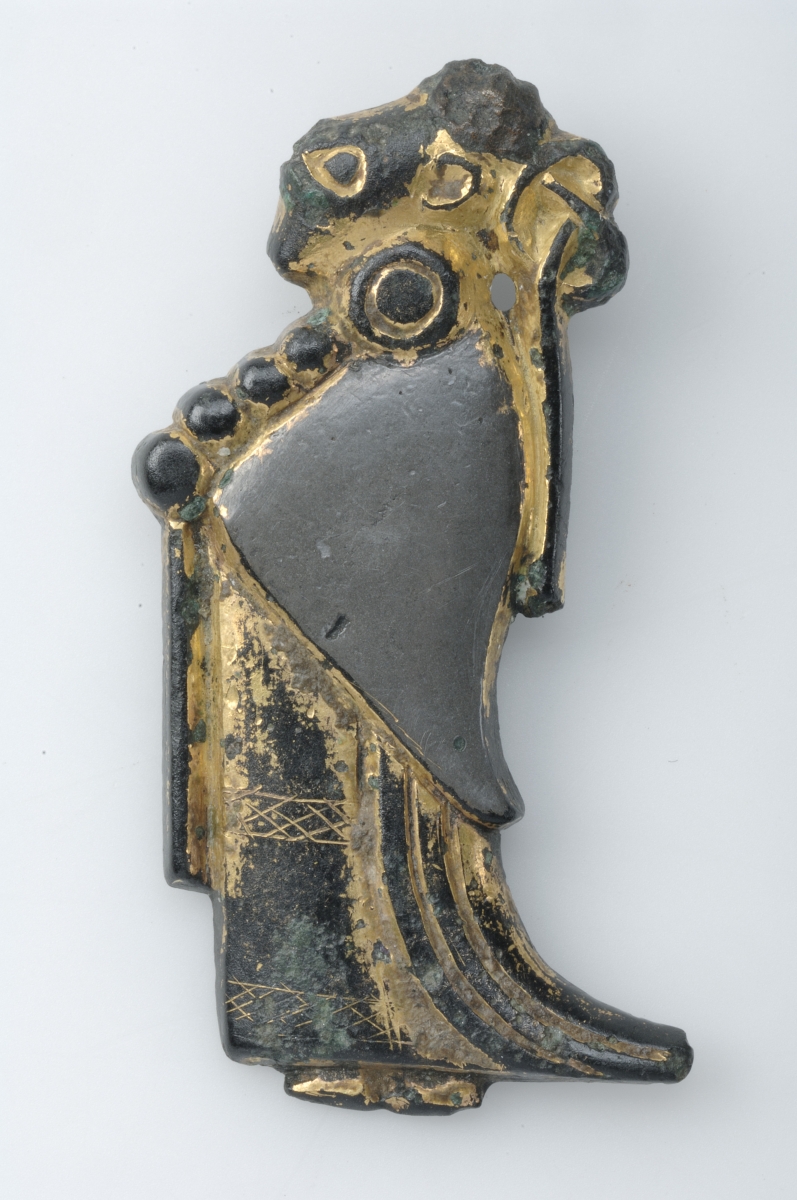A Viking's Life
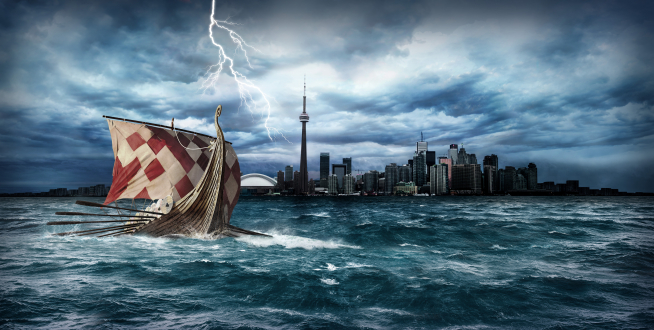
Post by the Swedish History Museum
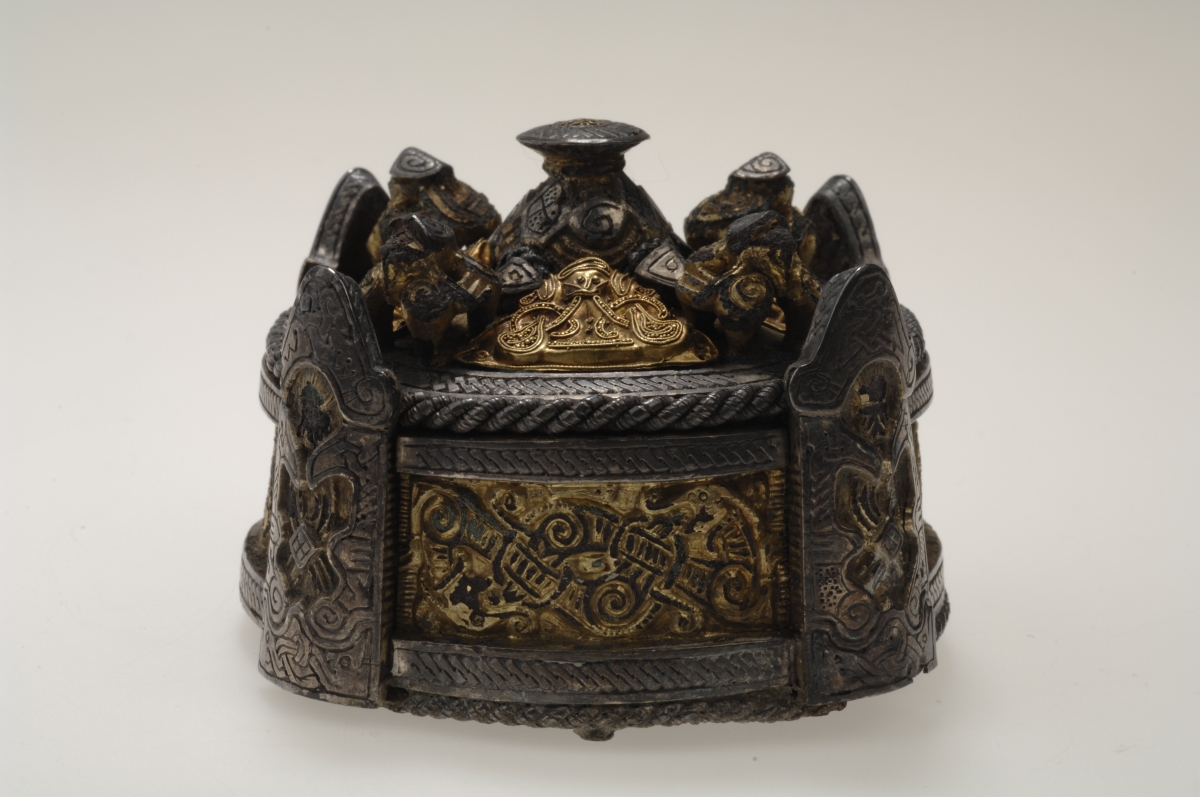
The term “Viking” is often synonymous with pirate or robber, and evokes violence. But is that a false impression of the people from the north? During the period 793 to 1066 AD, the Vikings played a vital role as traders, plunderers, seafarers, and discoverers across much of Europe. Much of our written knowledge of the Vikings originates from their foes. Our conception of the typical Viking helmet, for example, is that it always bore two horns. In truth, among all helmet finds, there hasn’t been one fitted with two horns that could be definitively attributed to the Vikings.
Vikings: The Exhibition, presented by investment dealer Raymond James Ltd., opens November 4 and aims to overturn outdated Viking clichés by replacing them with a more contemporary view based on the latest archaeological finds and sensational original artifacts. Over 500 artifacts—90 percent originals — make this exhibition one of the largest travelling collections of Viking material ever seen in North America. Jewellery, silverware, pottery, funeral caskets, swords, spears, coins, game pieces, clothing, cookware, tools, a funeral boat, and even 1,000-year-old Viking bread are among the extremely diverse collection of objects in this exhibition.
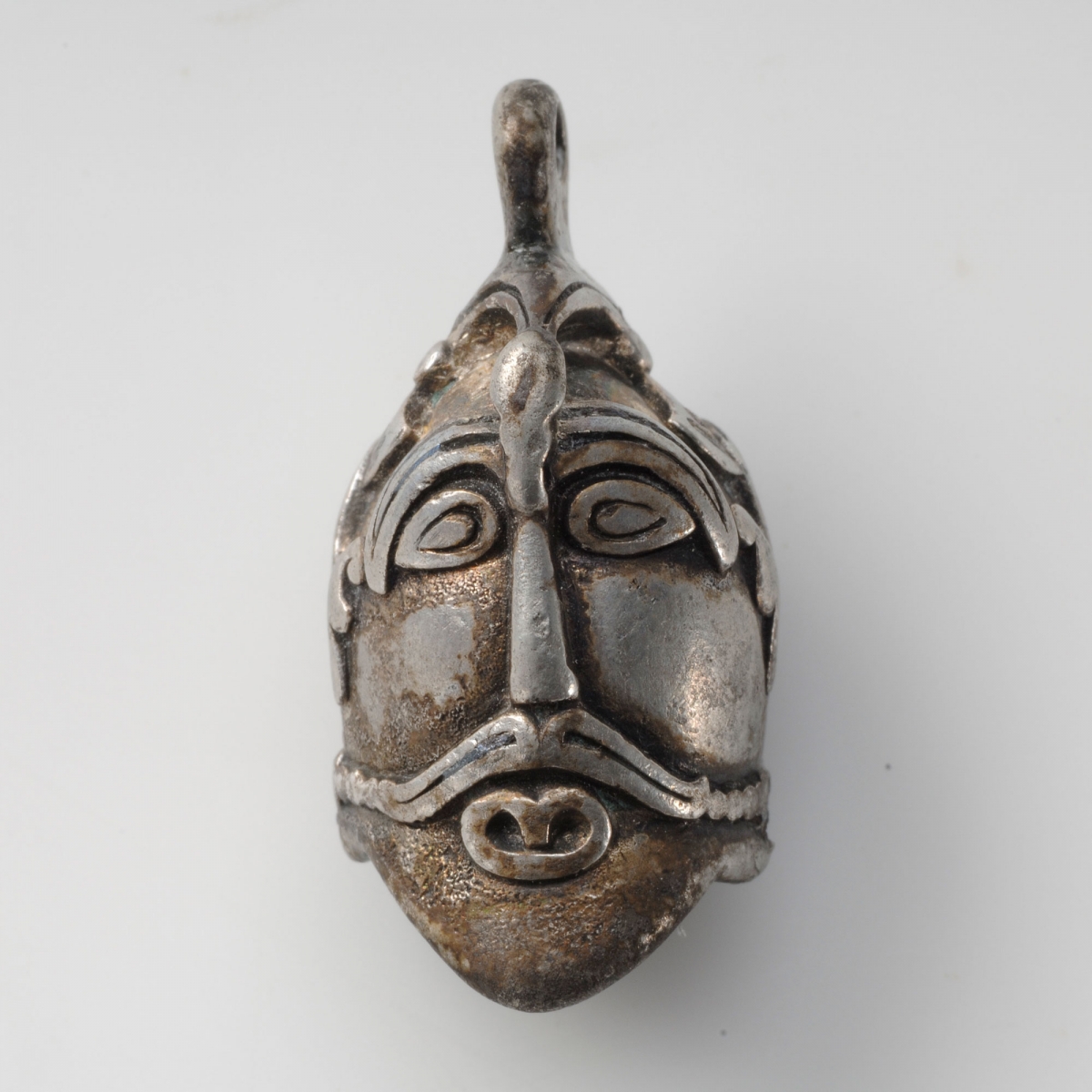
CULTURAL INFLUENCES
Excavations around important Scandinavian trading centres have revealed the wide range of goods and ideas that helped to shape Viking culture. Wealthy Scandinavians could buy or barter expensive goods from far away. Jewellery often included exotic raw materials, such as cowrie shells from the Red Sea and the Indian Ocean, or carnelian from southeastern Europe. The items in the exhibition provide evidence of how much of Viking culture was created in the meeting between Norse men and other people.
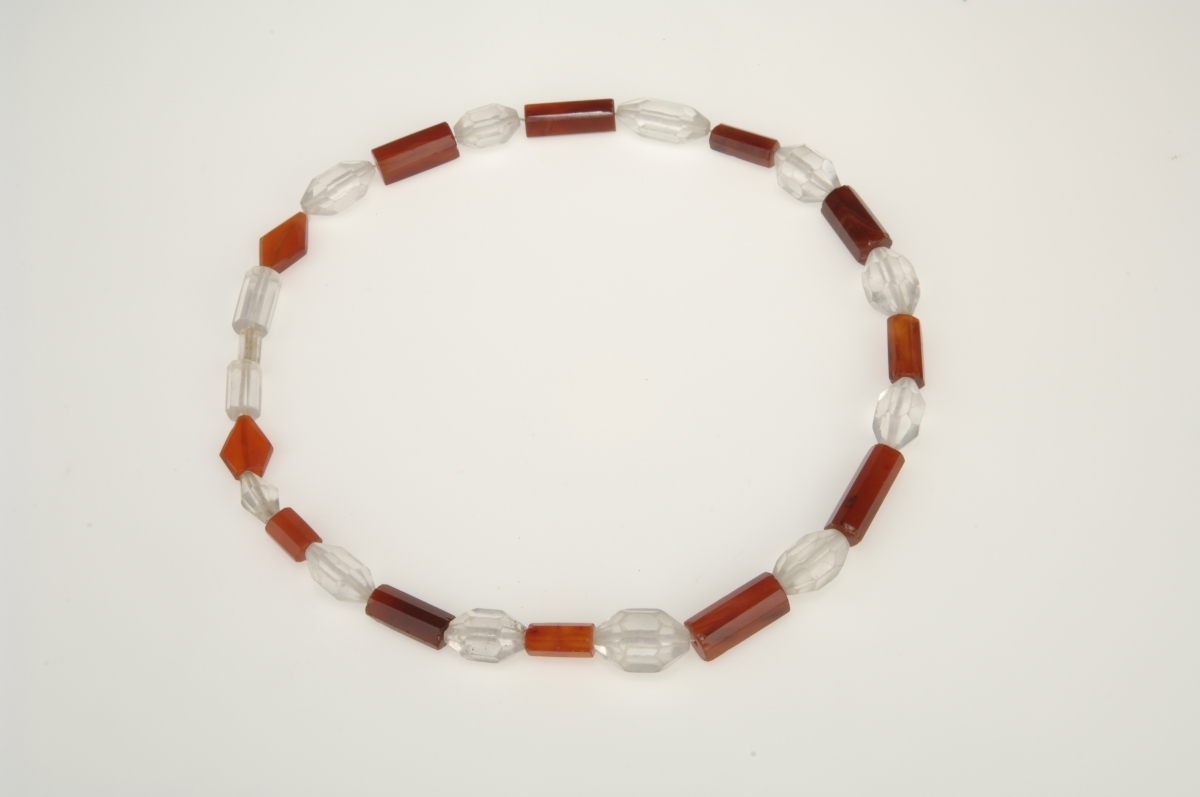
FASHIONS ACROSS THE BALTIC
The Baltic Sea connected people living around its shores. The torcs and other jewellery on display are typical of the styles found on the eastern side of the Baltic, but they were found near Birka on the western shore, far from their place of origin. We do not know how they got there. Perhaps a woman from the eastern Baltic settled near Birka? Or someone brought them back from a trip to the east? One of the torcs is very worn—perhaps it was acquired to be melted down to make new jewellery.
FAMILY AS COMMUNITY
Owning land was very important in the Norse community and determined your social position and your future. The extended family was the basic community on the farm. A person first and foremost belonged to a family group, with responsibility for that family’s actions.
The Icelandic sagas show that men plowed the fields and represented their family at the Thing, a regional meeting, where they performed official duties such as settling disputes and trading. Records are unclear about women’s role—but archaeological evidence shows that they ruled the household and the farm, both central roles in society.
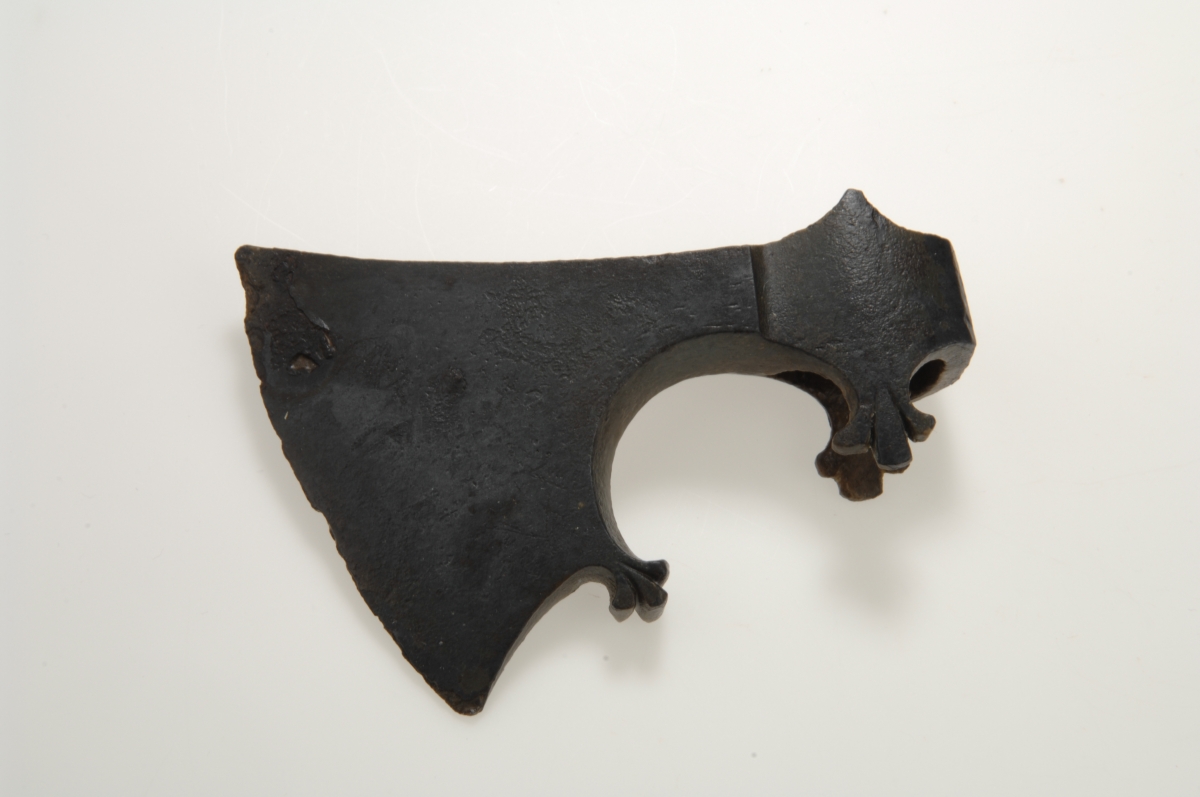
STRONG WOMEN
Norse women could be both highly regarded and feared, even if they had no legal power. Aristocratic women were said to be able to predict and manipulate destiny. These abilities were associated with real-life Völur and with mythological Norns and Valkyries. The Völur were believed to be able to predict the future. The mythological Norns—Urđr, Verđandi, and Skuld—were the Fates who spun, measured, and could cut a person’s life-thread. The Valkyries were death goddesses, who served Odin in Valhalla. They rode into battlefields to choose the men who would die.
